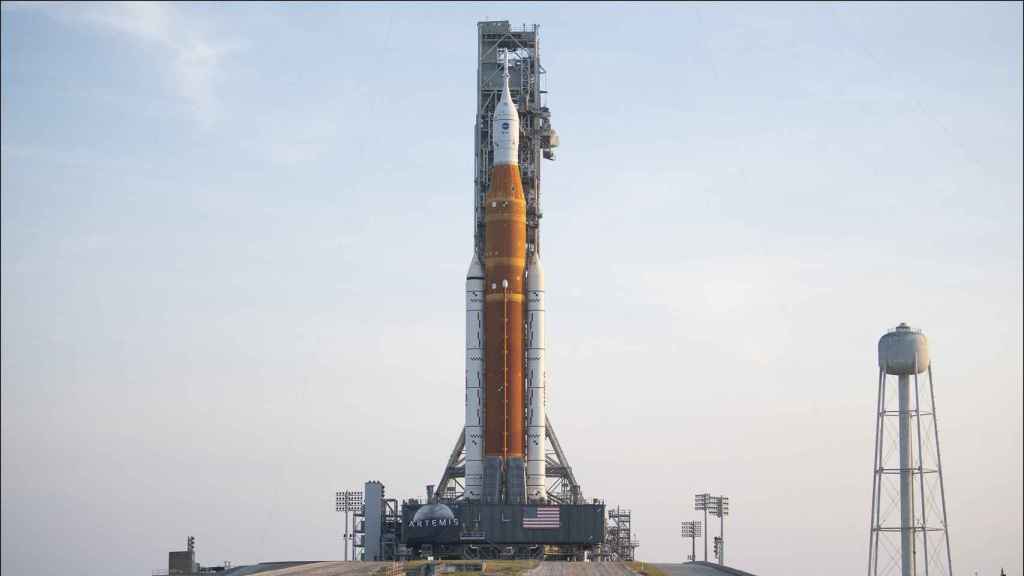We are practically just around the corner from experiencing one of the most special moments in the space industry: around the moon hand in hand with the Artemis I mission. An unmanned mission that has a launch window possibly scheduled for August 29, if all goes well, and the rocket that will be used for the mission, the SLS, that will carry the Orion spacecraft are already at launch pad 39B.
[La NASA despliega el gigantesco cohete SLS con el que volverán a la Luna]
Both the rocket and the spacecraft have now left the Vehicle Assembly Building (VAB) at the Kennedy Space Center in Florida, directly to the launch pad that will enable the mission to be completed. The 10-hour journey positioned both the rocket and the Orion spacecraft on the platform thanks to NASA’s conveyor belt along 6.4 kilometers.
This carrier or crawler transporter It consists of a pair of tracked vehicles that are precisely used to transport spacecraft from the VAB Assembly Building to Launch Complex 39, to the launch pad. It weighs 2,721 tons and is mounted on a rectangular platform measuring 40 x 35 meters. They reach a maximum speed of 1.6 kilometers per hour.
To the launch pad
These vehicles have been in use for more than 50 years at the Kennedy Space Center. They entered service in 1965 for the first time and each of these vehicles can carry cargo up to 8.2 million kilograms, or, which is the same according to NASA, more than 20 fully loaded 777s. The trip took more than 10 hours and was delayed a little over an hour to launch pad 39B.
There are currently no people on board the Orion capsule. It is equipped with mannequins which integrate sensors to measure the radiation levels future Artemis mission crews will have to endure on their trips to the Moon. They also include payloads of scientific equipment and CubeSats that will be deployed during the journey.

SLS is now on the platform.
omicron
The August 29 launch window is first on the list, but NASA has also set September 2 and 5 as possible release dates. The unmanned mission will take Orion into a far retrograde orbit around the Moon, a 42-day journey of 2.1 million kilometers that will end with the spacecraft landing in the Pacific Ocean off the coast of San Diego on October 10 next year.
Dummies found in Orion include more than 5600 sensors and 34 radiation detectors to measure exposure during space flight.
In the command post will be the first mannequin to collect data, and next to it will be two others in adjacent places, with fabrics and materials that mimic the organs, bones and soft tissues of a woman. The commander dummy will also wear the Orion Crew Survival System suit designed to be worn by Artemis astronauts during launch and re-entry to Earth.